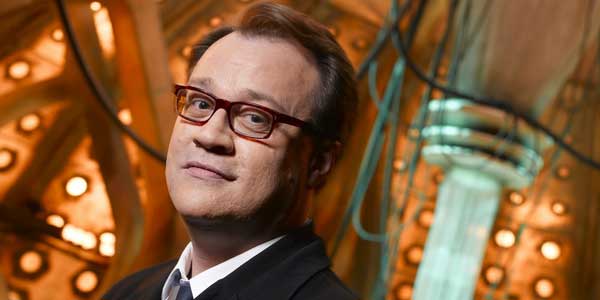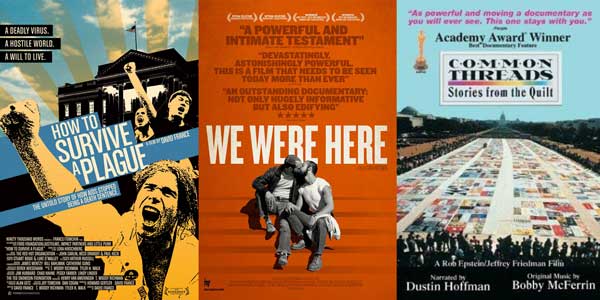Originally published on www.sosogay.co.uk
We’ve heard a lot of talk through our lives about how people and certain aspects of culture have helped change perceptions of gay people. From films such as Cabaret and Brokeback Mountain to people like Antony Grey and Peter Tatchell, and of course there are the Stonewall riots.
But one thing that has been a constant throughout the fight for equality is the sound of music, and I don’t mean the Julie Andrews film. Music is a way of connecting people from a broad range of social backgrounds as it expresses pain, emotions, determination and everything else in between and has certainly given many gay men and women across the world a voice over the years. Not only that but many of the artists have helped give us representation in the public eye for quite some time now.
Before and up to the mid 1960s it would have been pretty hard to release a record such as Lady Gaga’s‘Born This Way.’ During this period, many gay men attached themselves to songs such as ‘Over the Rainbow’ and ‘The Man That Got Away’ by Judy Garland, who is often considered a gay icon due to her struggles, which many gay men identified with. But back in the 1960s there was a counterculture big enough to see the release of some records that are now seen as gay. The book From the Closet to the Charts: Queer Noises 1961 – 1978 documents this and discusses a number of records such as ‘The Shower Song (I’m So Wet)’ that would have apparently embarrassed the Village People, and even an openly gay record label called Camp, which saw the release of 10 singles and two albums.
Music itself hasn’t always been as ‘straight’ as many would think. Openly straight songs about men and women falling in love dominated the charts back then, but you have to remember that during 1960s America black people had their own separate music charts. The mainstream industry was very straight and white then; some people didn’t even like the birth of rock ‘n’ roll.
However, as music progressed into the 70s and 80s it got a little more ‘queer’. We saw the birth of disco and glam-rock; filled with sparkles, platform shoes, big hair and men in make-up, and we saw gay men hit the charts and gay songs do very very well.
One of the most well-known and arguably most pivotal moments of the 1970s was David Bowie’s ‘I’m Gay’ interview in Melody Maker, which finally saw music come out, so to speak. However, years later Bowie stated that there was a backlash in America, but there’s frequently some kind of resistance over there. You only have to look at the controversy Adam Lambert caused during the 2009 American Music Awards – where he kissed a man on stage, prompting ABC (the American television network that aired the awards) to receive over 1,500 complaints and cancel Lambert’s performance on Good Morning America – to see just how shocking something like this would have been in the 1970s. Still, we progressed and music helped in our fight. Hits like ‘Y.M.C.A’ proved popular across the world, despite the majority of the straight population not realising that the song was referencing the YMCA’s reputation as a gay hook-up and cruising spot. Similarly, Sylvester burst onto the scene with ‘You Make Me Feel (Mighty Real)’. With a black, gay drag queen now lighting up the charts we can see just how far music had progressed, and the exposure Sylvester gained for gay people should never be overlooked.
It’s no doubt that Sylvester helped inspire a barrage of gender bending stars of the 1980s. As the MTV generation was born, singers like Boy George, Steve Strange, Pete Burns and in many ways Annie Lennox – whose androgyny blurred the lines of what it was to be male and female – burst into the mainstream with their highly popular music videos showcasing a new non-traditional image for all to see. The decade saw gay people get a huge voice through music as Frankie told everyone to relax and Bronski Beat let the small town boys know they knew exactly how they felt. The 1980s saw the thumping sounds of so called ‘gay music’ burst onto the scene and dominate the charts the world over; I can just imagine the faces of many a bigot flicking on their TV sets to see Divine singing ‘You Think You’re a Man.’
Despite the negativity of the AIDS crisis, gay men and women were still fighting hard throughout the 90s, but not without a little help from the power of song. As Melissa Etheridge came out and Brian Molko and Billie Joe Armstrong announced their bisexuality, the queen of pop Madonna was bringing ‘voguing’ into the mainstream straight out of the gay clubs of New York. Not only that but she also released the very provocative ‘Justify My Love’ video featuring gay men. Despite the fact it was banned on MTV it was still out there and managed to become a huge hit. But one of the most significant parts of the 1990s, in terms of LGBT visibility and music, came from the overly camp Eurovision. Out were the days of Cliff Richard and Sandy Shaw with their wholesome images and in was Dana International, the transsexual Israeli pop singer and winner of the 1998 Eurovision Song Contest. By now we had moved a long way in terms of freedom and rights and music had progressed and indeed helped with it, but this was only the beginning.
As we swung into the 2000s gay people were out and proud; gone was section 28, in America Don’t Ask Don’t Tell was finally repealed in September 2011 and gay marriage has been a hot topic around the world for many years. In terms of music, we saw t.A.T.u hit number one on the charts, despite using lesbianism as an obvious marketing ploy, and Madonna kiss Britney Spears at the 2003 VMA Awards, in one of the most memorable moments in music history. By now it wasn’t just gay men making a splash, lesbians were also edging into the mainstream despite only having a few moments previously in terms of music. With acts like Will Young selling millions of records, and gay men and women popping up in the finals of massively successful programmes like The X Factor, it became apparent that gay musicians were now firmly a fixture on the charts.
We also witnessed many anthemic songs appear in the last 10 years – ‘Beautiful’, ‘Firework’, ‘Standing in the Way of Control’, ‘Born This Way’ – and gay men and women were being featured in music videos more frequently too (just watch Kylie Minogue’s ‘All The Lovers’ below). It’s clear to see just how music has helped shape the way gay men and women are viewed, not to mention giving them a platform on which to be noticed.
From the days of being closeted and listening to Judy whilst a sub-culture was being born, to the openly gay pop stars and songs telling us to embrace ourselves and love who we are, we’ve come a long way in our fight for equality and music has undoubtedly played a prominent part in that.









